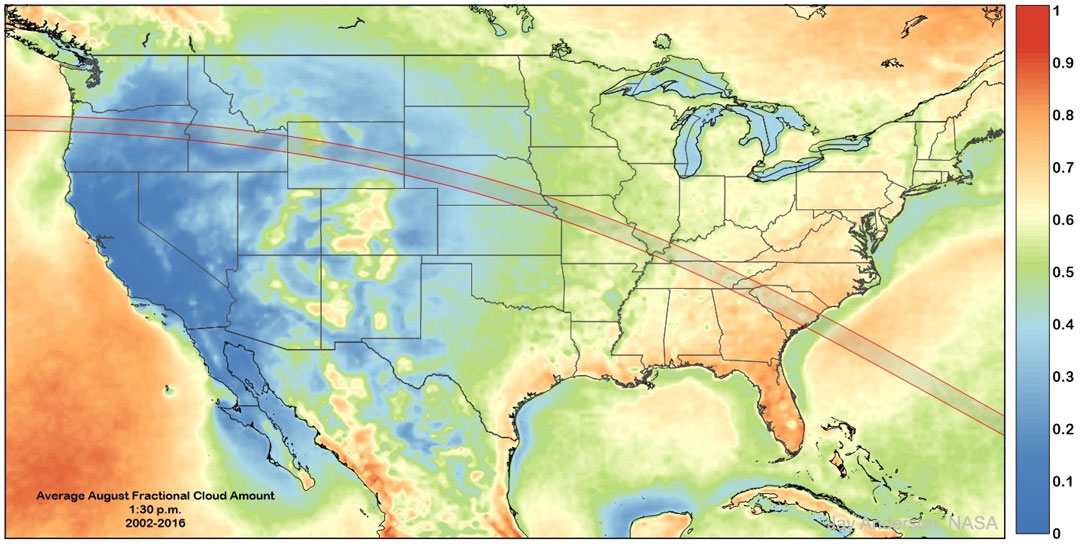A research group has revealed a picture of the increasing fraction of massive star-forming galaxies in the distant universe. Massive star-forming galaxies in the distant universe, about 5 billion years ago, trace large-scale structure in the universe. In the nearby universe, about 3 billion years ago, massive star-forming galaxies are not apparent. This change is consistent with the picture of galaxy evolution established by other independent studies.
via Science Daily
Zazzle Space Exploration market place
